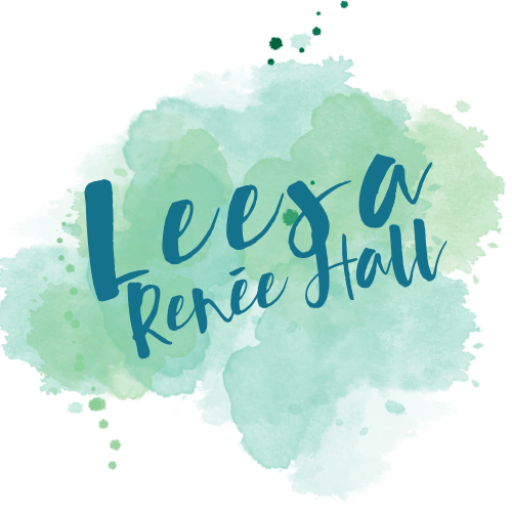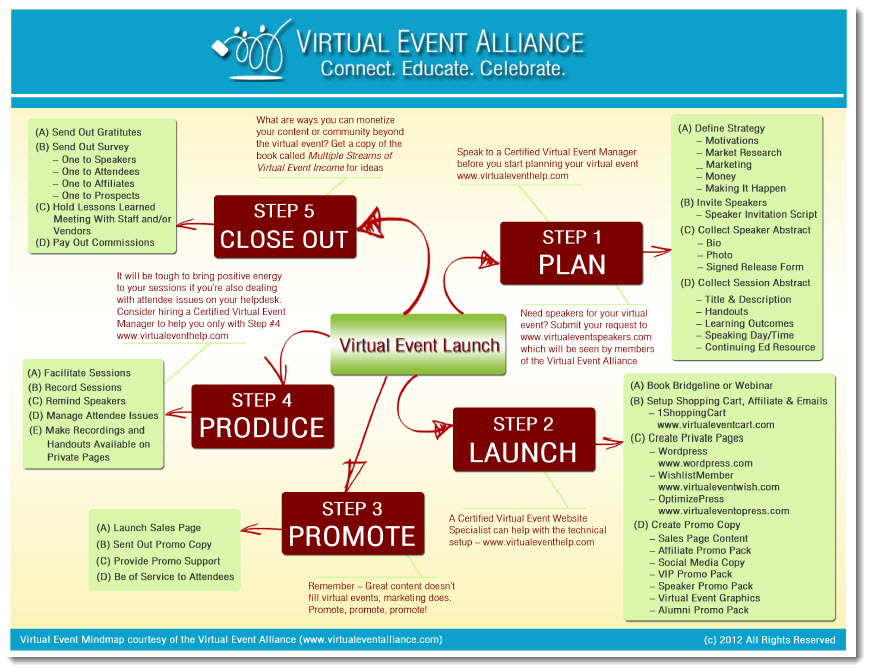Later today, I get to sit in on the simulcast of Andrea J. Lee’s Wealthy Thought Leader 3-day summit from the comforts of my home office. I wrote about simulcasting as an income strategy in my book, Multiple Streams of Virtual Event Income, and I’m excited that I get to experience this for the first time.
In one of the preview calls leading up to the Wealthy Thought Leader, Andrea shared a wonderful strategy on how to make old income streams new again. I especially liked that she mentioned that you can take old recordings and rebroadcast them over and over.
I wrote about this concept in my first book, Podcasting for Profit. I recommended that instead of finding new content and interviewing new people for your podcast, simply take recordings from teleclasses, presentations and webinars you did in the past, then rebroadcast that into a new format.
Evangelists, such as Creflo Dollar, Joel Osteen and Joyce Meyer do this very nicely. They record the presentation they do in front of a live audience, then rebroadcast it as a podcast.
There’s no reason why you can’t do this for virtual events. If you have a collection of audio and video recordings on your computer or stored on CDs/DVDs, you can use this content for your next (or first) virtual event. I predict that we’ll start seeing virtual event organizers move away from the words “live” vs. “recorded” in their sales copy and instead, use “on demand” to fit the changing consumption habits of virtual attendees.
The language you use to sell this concept to attendees is critical. If you advertise your virtual event as simply a collection of recordings, then good luck getting anyone to pay to listen to them. The word “recordings” tend to diminish the value of the content, for example:
“Attend the Six Figure Success Summit where you can listen to the recordings of success tips that’ll take you to the next level.”
Bleh. Instead, use the word “on demand” when describing the recorded content. For example, on your information page, write:
“Attend the Six Figure Success Summit where you can determine when to consume the on demand content that fits your schedule and timezone.”
Ooh baby! On demand creates a sense of intrigue, drama and mystery. Okay, maybe I’m going overboard with my description, but my point is that you can repurpose existing content sitting on your computer or bookshelf through a variety of channels – and there’s no reason why virtual events can’t be one of them.
Then, follow the tips in this blog post to understand how to add the interaction to your on demand virtual event.


Love these tips, Leesa! And you are so right on with the “on demand” verbiage. Everyone loves their information on demand, but no one wants “old news”. Thanks for reminding me about all the stuff I have sitting on my computer. Better put them to work!